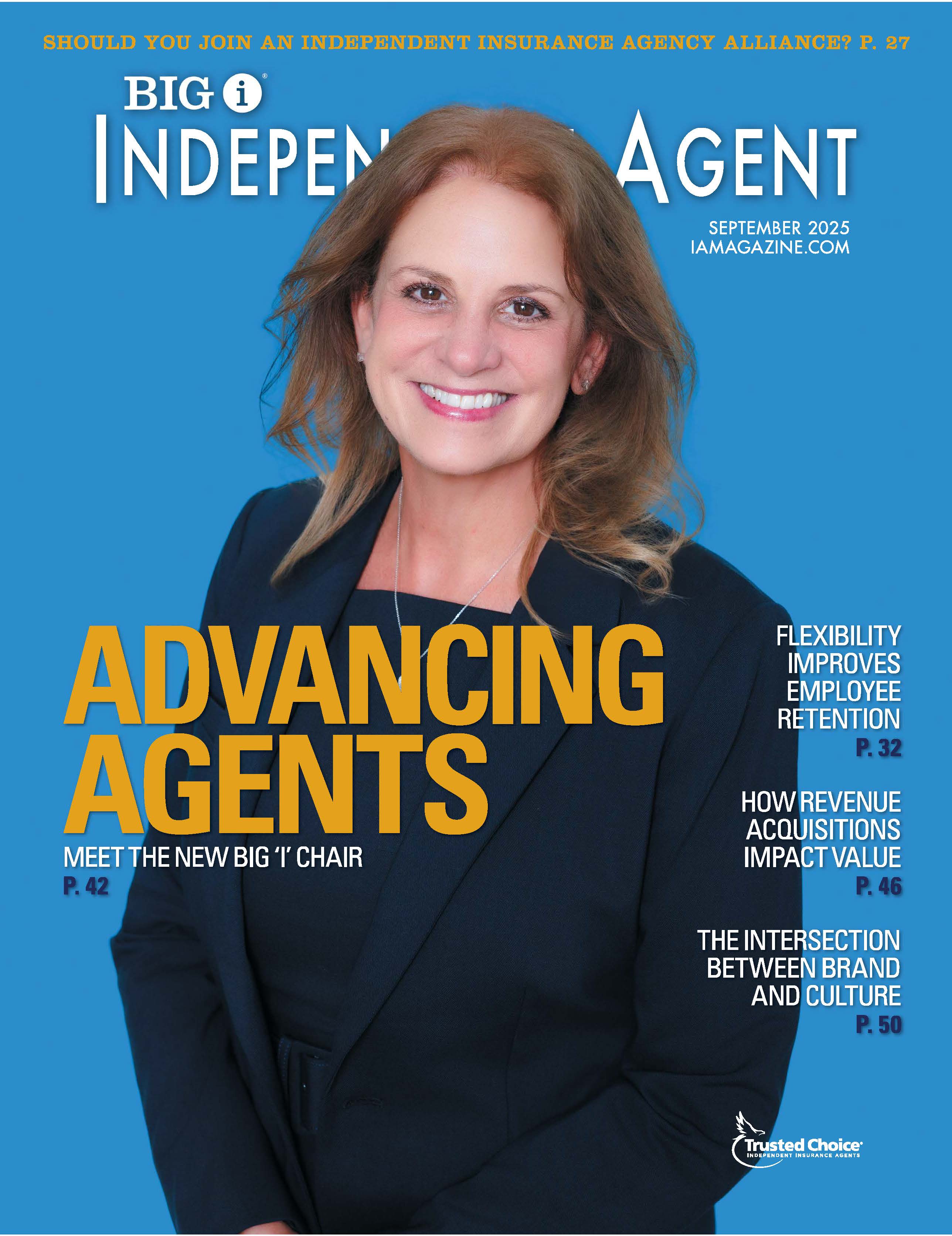Are Deleted Autos Still Covered?
By: Bill Wilson
As a matter of equity and insured intent, there should not be coverage for autos an insured has expressly asked to be removed from coverage—even if it was done in error. More important, from a purely contractual standpoint, the policy appears to continue coverage up to the moment the vehicles are no longer owned by the insured.
Symbol 2 applies to owned autos…period. The policy covers any owned and acquired autos. The schedule of autos is for informational and rating purposes and is immaterial to coverage unless referred to as such in the contract. As long as the insured owns the vehicles, they’re covered.
If there is a need to allow for deletion of autos, then coverage can be written on a symbol 7 basis which applies to vehicles that are scheduled. If a vehicle is removed from the schedule, it’s removed from coverage. However, symbol 2 continues to apply to any auto while it is owned by the insured.
For a lengthy discussion of this issue, including feedback from the Big “I” Virtual University faculty, click here.
Is a Roof Collapse Due to Snow Excluded?
Frozen precipitation will soon become a concern for those living in northern states. Last year at this time, the Big “I” Virtual University received this real life question from an agent: “What if snow that accumulates on a roof over time results in the roof’s collapse? Could the carrier deny the claim, citing the “neglect” exclusion in the HO policy due to the insured’s failure to have the snow removed?”
As usual, to answer this question, the VU looked closely at the policy’s wording. The neglect exclusion applies to: “Neglect, meaning neglect of the ‘insured’ to use all reasonable means to save and preserve property at and after the time of a loss.” There’s nothing that requires the insured to practice loss prevention. The exclusion does not apply to failure to prevent a loss, just the failure to reduce or mitigate the damage once it occurs.
In addition, note that the insured is only required to use “reasonable” means to protect property. In other words, the adjuster can’t require a grandma get on the roof with a snow shovel and clear it.
To read the complete discussion of this issue, click here.
Reimbursement for Do-It-Yourself Repairs
Imagine these scenarios: Your insured is a contractor and wants to repair insured damage to his building to ensure the job is done right; or he negligently causes damage to a customer’s property that is covered by his CGL policy and wants to make repairs himself. Is the insurer obligated to pay an amount that includes profit and overhead for the work done by its insured?
In two recent claims submitted to the Big “I” Virtual University’s “Ask an Expert” service, the adjusters refused to pay for profit and overhead in one direct damage claim and profit in a liability claim. One cited a violation of the principle of indemnity because the insured would profit from the loss. The other simply stated that paying for these components was against public policy.
However, most courts have ruled that a contractual provision can supersede such principles if the outcome is positive to society. From the standpoint of minimizing the likelihood of potential fraud, the adjusters’ positions are understandable. However, from a contractual standpoint, there is nothing in most commercial property or CGL forms that prohibit the payment of profit and overhead. In fact, if these components are not paid, the agent can make a case that the insured continues to suffer a loss in the form of an opportunity cost.
To peruse the opinions of the VU faculty and learn more about the opportunity cost concept, click here.
Bill Wilson (bill.wilson@iiaba.net) is Big “I” director of the Virtual University, an online learning center for agents and brokers.
